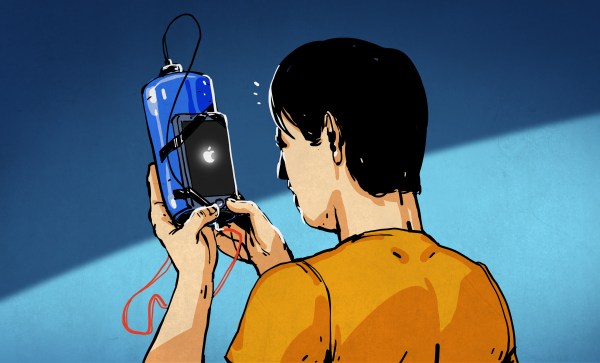It is especially rare to see coverage in the mainstream media that involves a hackspace, so it was a pleasant surprise yesterday when the local TV news where this is being written covered a story that not only highlighted a hackspace’s work, but did so in a very positive light.
[Marla Trigwell] is a young girl from Newbury, UK, who was born without a left hand. She had been provided with prosthetics, but they aren’t cheap, and as a growing child she quickly left them behind. Her parents researched the problem as modern parents do, and found out about recent advances in 3D-printed prosthetics lowering the bar to access for those like [Marla] born without a limb. Last month [Marla] received her new 3D-printed arm, and she did so courtesy of the work of [Andrew Lindsay] at Newbury and District Hackspace.
The arm itself is a Team Unlimbited arm version 2.0 Alfie edition, which can be found on Thingiverse with full sizing instructions for adjusting to the recipient in Customizer. As the video below the break shows, [Marla] appears very pleased with it, and is soon mastering its ability to grip objects.
This story is a fantastic demonstration of the ability of a hackspace to be a force for good, a true community organisation. We applaud [Andrew], NADHack, and all involved with it for their work, and hope that 3D printed arms will keep [Marla] with a constant supply of comfortable and affordable prosthetics as she grows up.
Continue reading “[Marla]’s New Arm” →














